A new energy mix for India
The India-Russia nuclear agreement envisages 12 nuclear reactors to be built in India. These will help India shift its energy mix towards nuclear power, which is cheaper than coal and less polluting
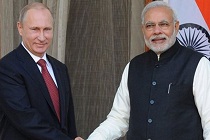 Courtesy: MEA/Government of India
Courtesy: MEA/Government of India
The India-Russia nuclear agreement envisages 12 nuclear reactors to be built in India. These will help India shift its energy mix towards nuclear power, which is cheaper than coal and less polluting
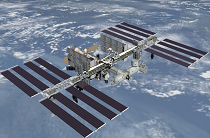 Courtesy: nasa.gov
Courtesy: nasa.gov
Space exploration may take a hit as terrestrial politics plays spoilsport with the U.S. government spearheading a sanctions programme against Russia. With China pursuing an independent space programme of its own, Russia’s departure from the effort may mark the beginning of a divided space once again after the Cold War
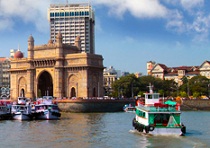 Courtesy: wikimedia
Courtesy: wikimedia
Globally, metropolitan cities are becoming powerful centres that sustain entire countries. In the case of Mumbai, the government can work backwards by stitching the infrastructure and governance together. The tried-and-tested technique is to host an international institution or event. Gateway House argues that Mumbai is most appropriate to be home to the headquarters of BRICS
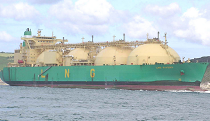 Courtesy: wikimedia
Courtesy: wikimedia
The fall in oil prices is creating new complexities for the energy exporting economies of West Asia. With smaller profits, these countries may not be able to buy off political dissent at home and fund client governments and rebels abroad. Lower energy prices could also mean a renewed chance for peace
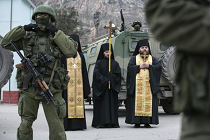 Courtesy: aitonline.tv
Courtesy: aitonline.tv
The imposition of sanctions by Western countries on Russia has conflagrated the Ukrainian crisis with both sides indulging in an asymmetrical sanctions game. The hardening of positions has caused the Russian and the European economies to suffer, with no end in sight for the conflict
Neelam Deo, Director, Gateway House, talks about the significance of the position taken by NATO member countries at the recent summit in Wales. She says the increasingly acrimonious standoff between the West and Russia over Ukraine, and the stance on the Islamic State has implications for India.
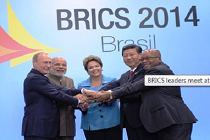 Courtesy: MEA/Government of India
Courtesy: MEA/Government of India
Looking back at the 2008 financial crisis, when governments had to resort to bail-outs to keep economies afloat, the BRICS member countries have decided to set up a New Development Bank which will provide for a contingency fund. This initiative aims at building an alternate financial structure in terms of trade among the member states as well as creating a safety net
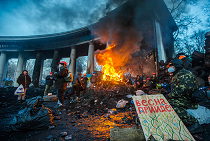 Courtesy: Flickr
Courtesy: Flickr
Eastern Europe has seen tensions rise, increasing violence and a hardening of stands. Only the softening of the stark “either/or” choice currently being demanded by western powers as well as Russia will put an end to the precarious tightrope walking of east European governments and prevent their citizens from becoming victims of increased regional instability
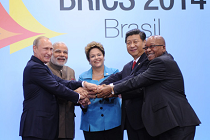 Courtesy: MEA/Government of India
Courtesy: MEA/Government of India
The launch of the BRICS bank can now give the member countries confidence to experiment with other geoeconomic ambitions. Incubating a non-dollar financial architecture can be the next goal. There are existing models to build upon but India will need smart economic diplomacy to secure its interests
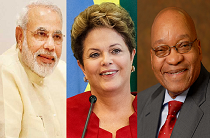 Courtesy: Gateway House
Courtesy: Gateway House
Prime Minister Narendra Modi’s visit to Brazil for the BRICS summit is an opportunity for India to intensify its engagement with South America and reactivate the long-dormant IBSA (India, Brazil and South Africa) grouping. This grouping is a promising partnership comprising of different models of democracies spread over three continents